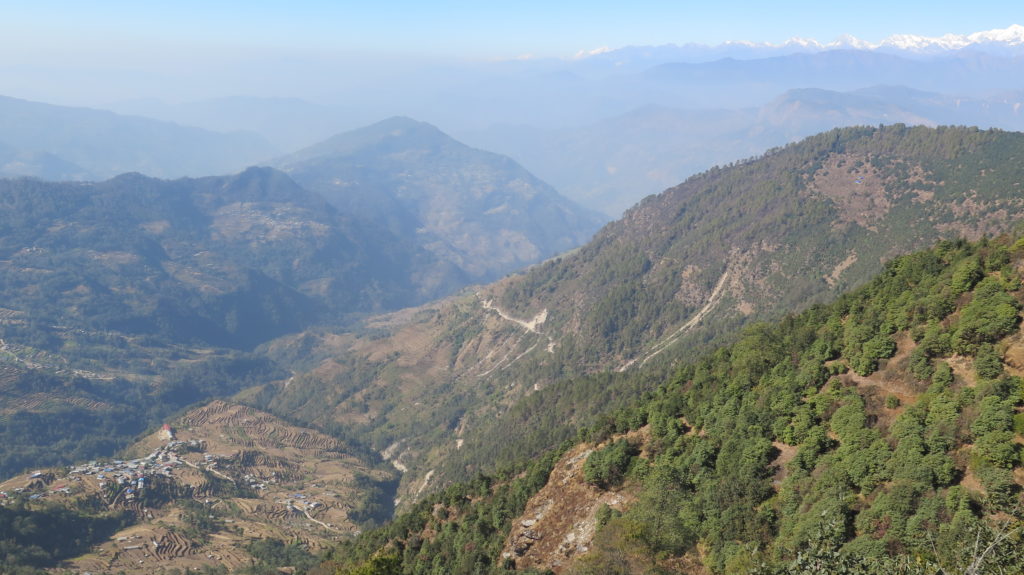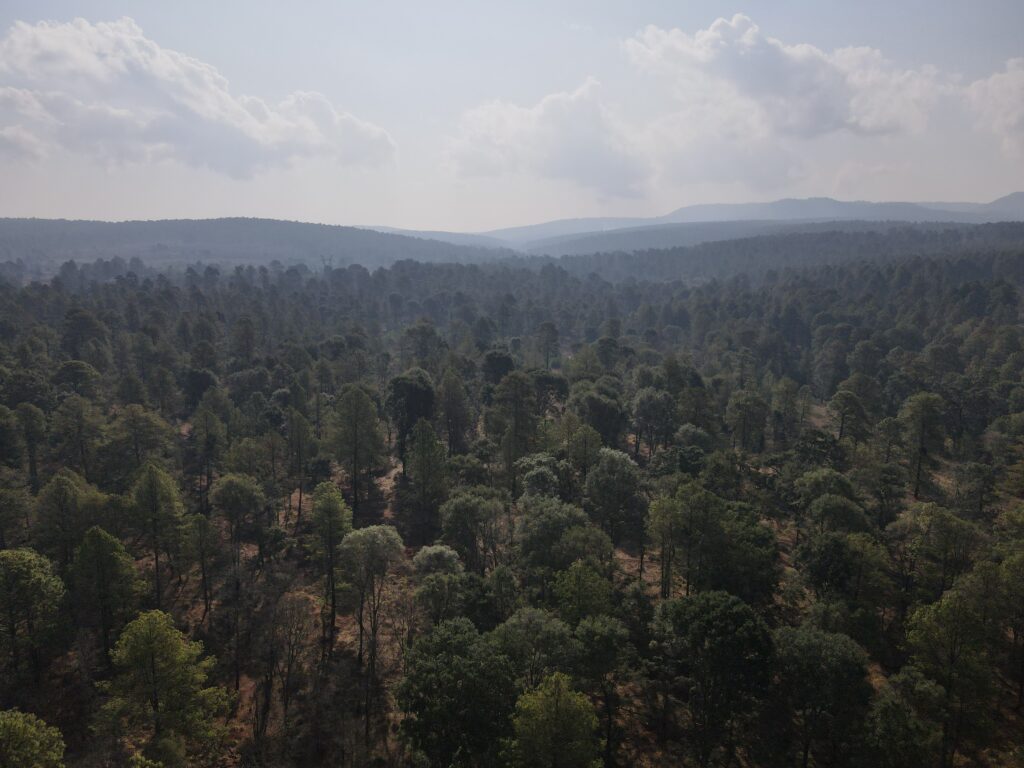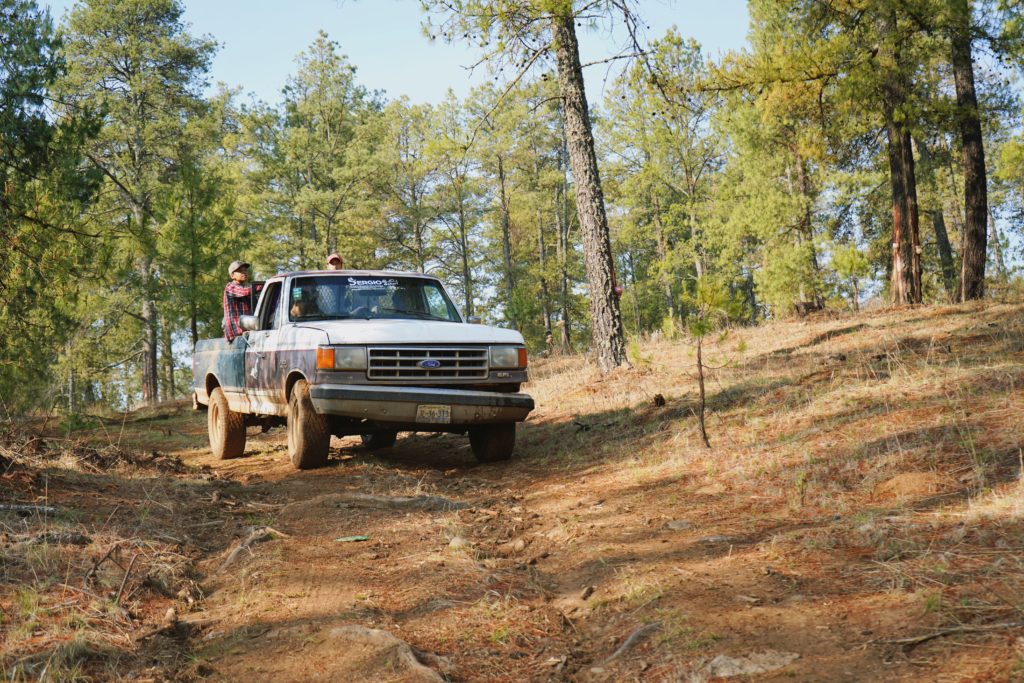
Case study
Securing a more sustainable future in Southwestern Guatemala
In 2021, Rainforest Alliance and Solidaridad undertook a LandScale assessment to better understand key sustainability challenges in the Southwestern Trifinio landscape and have used the results to develop a targeted action plan to restore this landscape for generations to come.
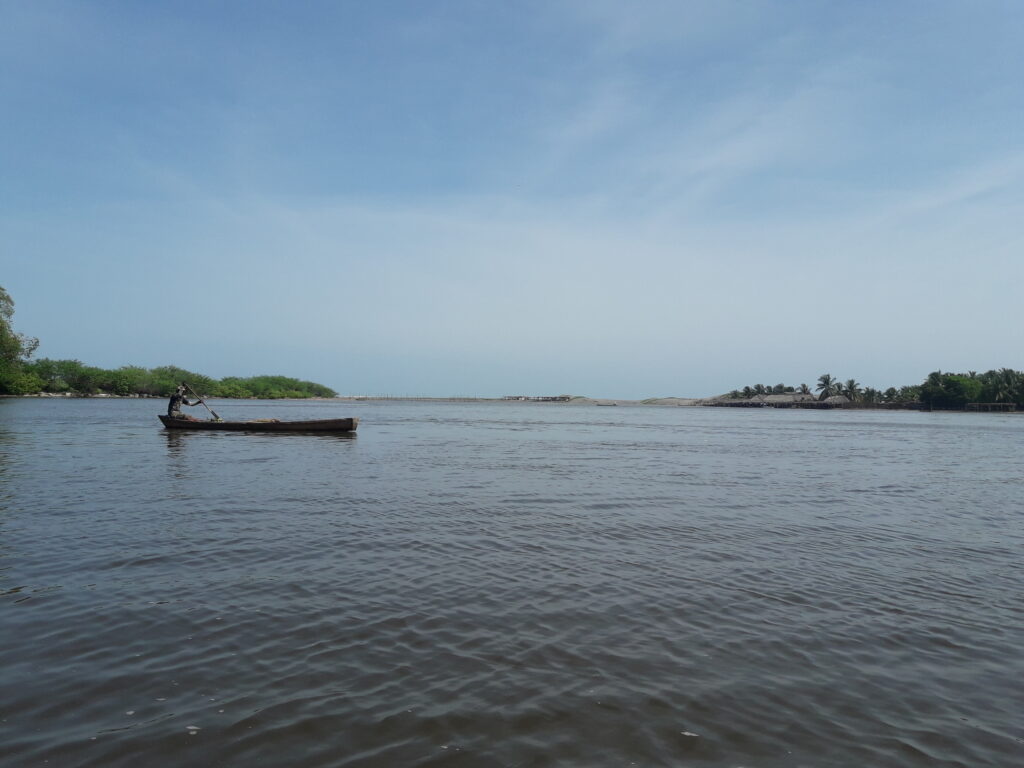
Southwestern Trifinio, located on the south-western coast of Guatemala, is a landscape of contrasts. It is home to Manchón Guamuchal, one of the largest coastal wetlands in Guatemala. A rich habitat, Manchón Guamuchal hosts a wide variety of coastal ecosystems from dunes and mangrove forest to lagoons and freshwater wetlands. But this vibrant ecosystem is surrounded by farmland. Once mostly forests, 90% of the 170,000 hectare landscape is now dominated by agriculture, and only 9% of forest remains intact.
Rainforest Alliance and Solidaridad carried out a LandScale Assessment in 2021 to set a baseline and build a better picture of sustainability in the landscape. They have also used the results to create a targeted action plan which aims to foster collaboration among landscape stakeholders, address issues related to water, and restore key ecosystems to improve climate resilience and support sustainable livelihoods.
Ensuring water supply and quality in a landscape where industrial agriculture dominates
Southwestern Trifinio’s climate, water availability and nutrient-dense soil make it an ideal landscape for agricultural production, which has resulted in the rapid expansion of commercial and large-scale farming. Sugar cane, oil palm, banana, plantain and rubber are the main crops grown in the landscape, largely for international export. And all of them – with the exception of rubber – require irrigation throughout the year, which is mainly supplied by the Ocosito river.
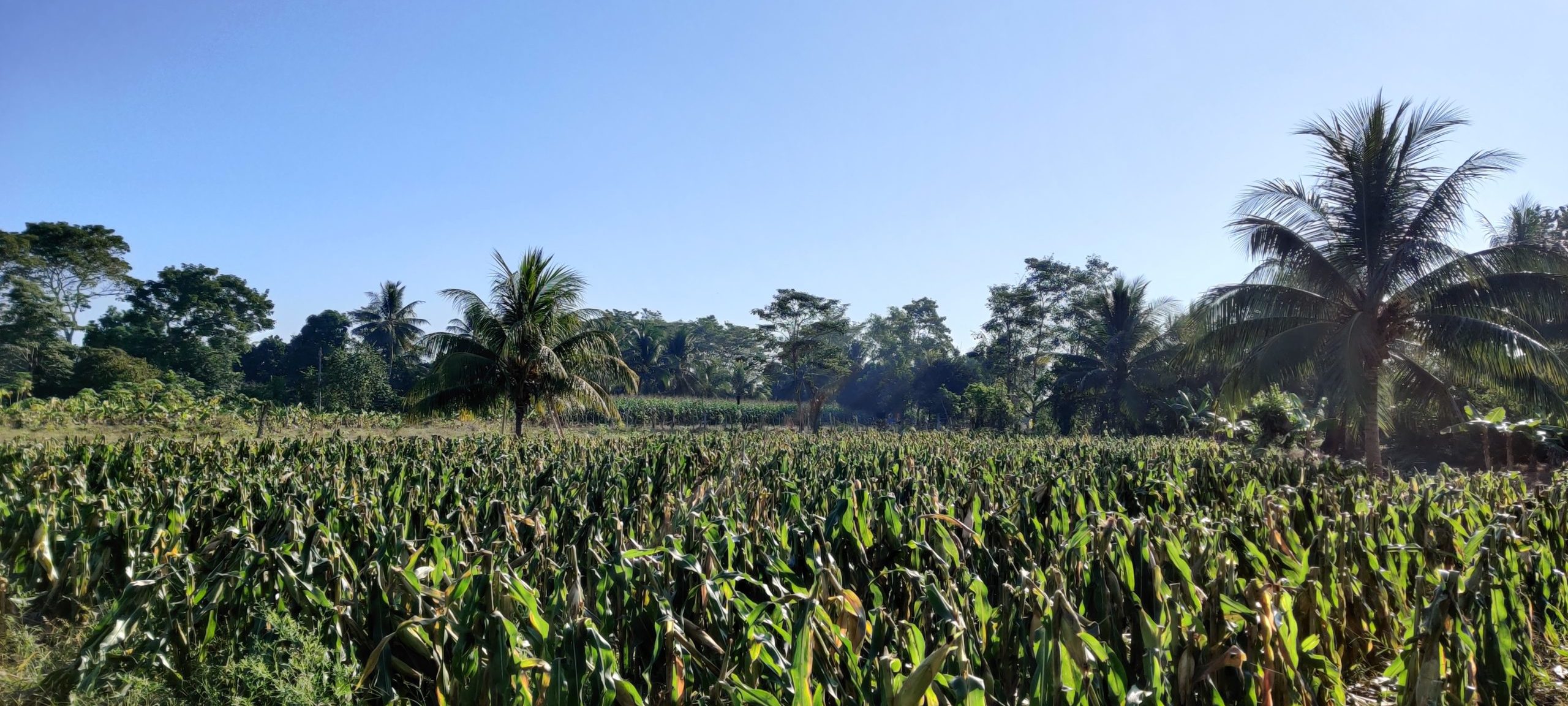
The Ocosito River feeds Manchón Guamuchal and is also the main water source for communities living within the landscape. While the LandScale assessment found water availability was sufficient in 2020, flow rates decreased between April and May, and drought – driven both by weather and water use for agriculture – was identified as one of the biggest environmental risks in the landscape. The assessment also showed that high levels of water pollution were occurring because liquid waste being discharged upstream.
This water pollution has wide-reaching implications, affecting both the health of the landscape’s ecosystems and people. Worryingly, the assessment found that a higher than average proportion of children in Southwestern Trifinio suffer from acute malnutrition. While there are several reasons for this – including local customs, and access to education and information – water pollution is also a contributing factor.
22.25% of children in Southwestern Trifinio suffer from acute malnutrition
These findings highlight the need for careful monitoring of water resources to ensure that there is enough good quality supply to support the landscape’s ecosystems, people and agricultural production. “In Guatemala, there is very little government regulation and oversight for water, so we decided to set up the Ocosito River Technical Roundtable”, says Mario Rodriguez, Senior Associate for landscape programs in Latin America. “This Roundtable enables public, private and social institutions to work together to find solutions to improve water quality and quantity in the landscape.”
Targeted restoration to support healthy ecosystems and local communities
While the LandScale assessment showed that the majority of Southwestern Trifinio’s natural ecosystems have been converted for agriculture, there are signs that forest cover is increasing as a result of changes to production models, land use planning and restoration efforts.
Between 2010 and 2016, nearly 5,000 hectares of forest were restored and Rainforest Alliance and Solidaridad have set out an ambitious goal as part of the landscape action plan to restore a further 1,300 hectares of forest in the landscape. “A key part of our landscape action plan is to increase restoration in the landscape and coordinate the work being done by different landscape stakeholders,” says Mario Rodriguez. “LandScale has provided valuable insights into how and where to target our efforts to maximize impact.”
Manchón Guamuchal, a Ramsar site and the only protected area in Southwestern Trifinio, has been identified as a priority area for these restoration and conservation efforts. While it covers only a small fraction of the entire landscape, this reserve contains the largest mangrove habitat in all of Guatemala, providing a safe haven for a wide variety of plants and animals, and a rich source of food and income for coastal communities. Mangrove habitats also help to capture carbon and act as a natural flood barrier, protecting the wider landscape in the face of increasingly severe weather patterns as a result of climate change.
In Manchón Guamuchal you can find…
Rainforest Alliance is working in collaboration with One Tree Planted to restore 250 hectares of mangrove forest in the Manchón Guamuchal reserve over a five-year period. “We hope to increase forest cover in the reserve from 9% to 18% by 2025 and since we began work in 2021, we’ve already managed to restore over 150 hectares” says Mario Rodriguez.
This restoration work is already reaping rewards that extend beyond a healthier ecosystem, with economic investment leading to job creation. Longer-term, the restored mangroves will also provide flood protection, fish and other raw materials that serve local communities.
Above all else, the process of conducting a LandScale assessment has helped to foster closer collaboration between the different stakeholders in the Southwestern Trifinio landscape. “Through this process, we recognized how important it is to work collaboratively to achieve real change at the landscape level” says José Luis Lopez, Country Manager for Guatemala at Solidaridad. “By creating a dialogue between the local community, businesses and civil society, we’ve been able to focus our effort on where it will have the greatest impact and the biggest benefit for the landscape – it’s ecosystems, its people and its economy.”
To find out more, read the full Southwestern Trifinio report on the LandScale platform.
